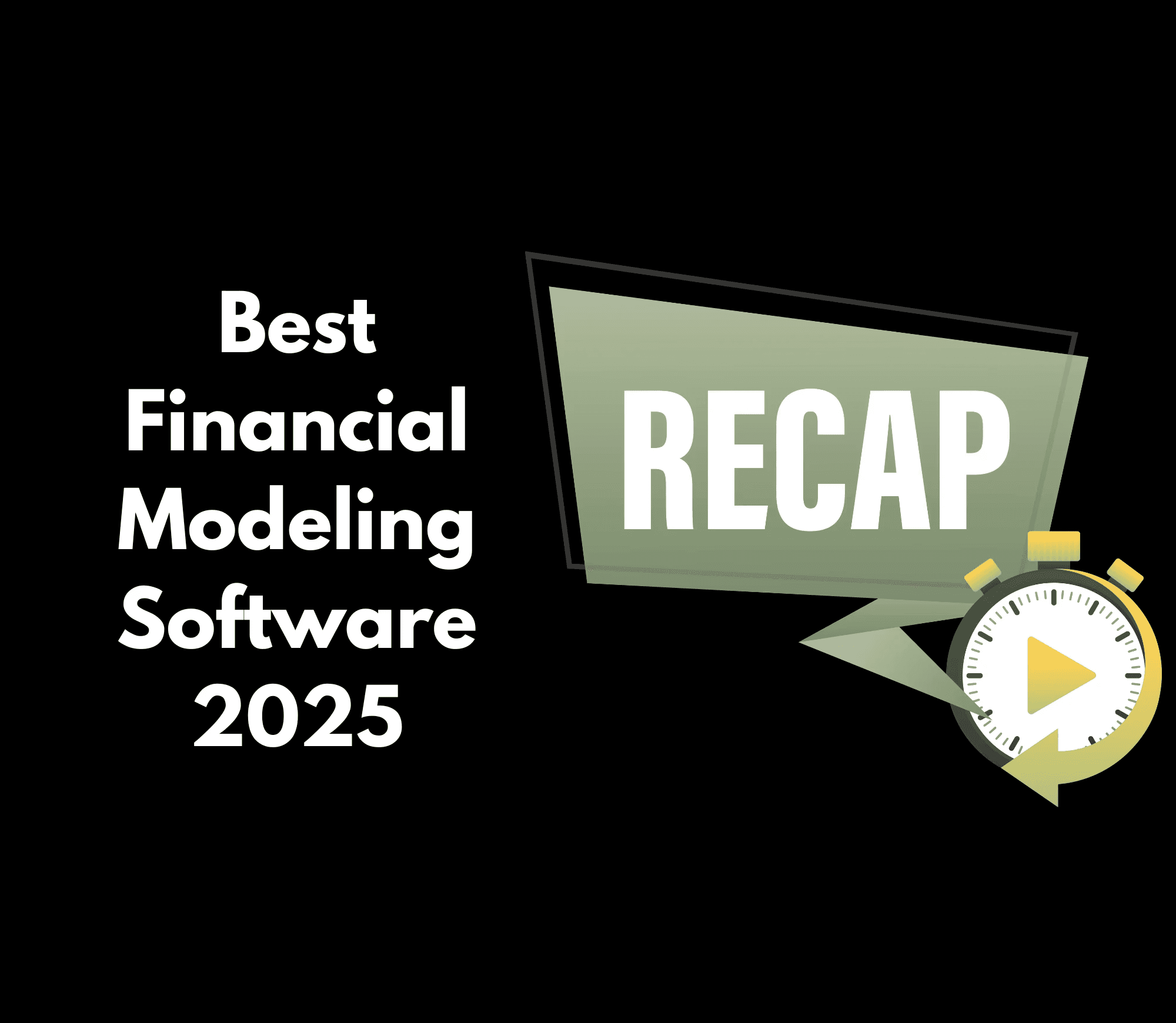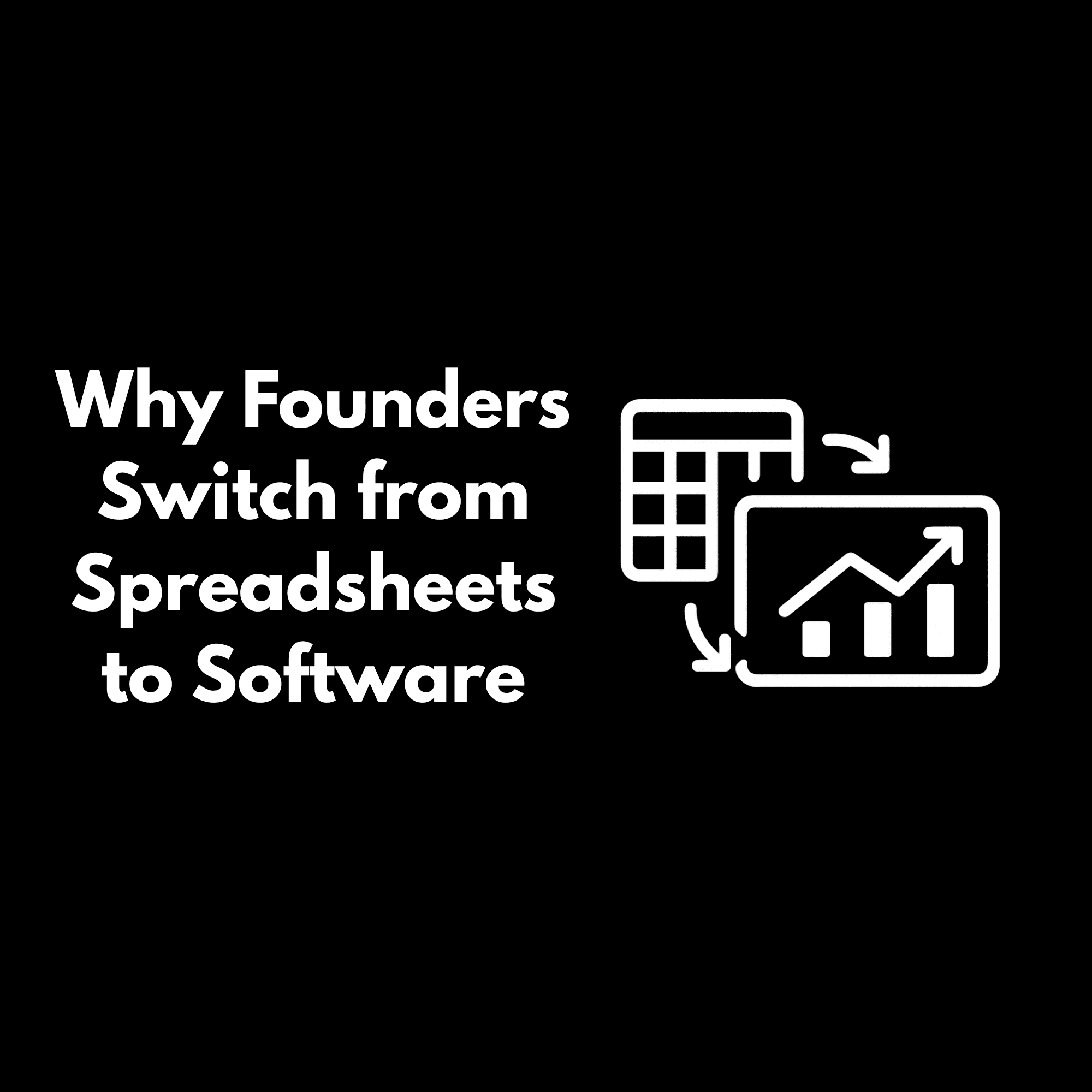Blog
Finance Advice
Beyond $1M ARR: The New Growth Formula for Founders
Getting to $1M ARR is now the starting point. Learn the new growth formula founders must model to raise confidently and scale sustainably, and how Parallel helps you forecast it all in real time.

Renato Villanueva
CEO & Cofounder
Nov 11, 2025
For years, hitting $1M ARR was the gold standard for reaching Series A. It was the signal that you’d found product-market fit and were ready to scale.
But the playbook has changed.
In today’s market, investors care less about a magic number and more about whether you can prove your growth formula and act on it with precision.
What matters now is understanding how your business grows — the mechanics of revenue, churn, hiring, and cash (read more here) — and how fast you can adapt that formula when the market shifts.
This is where founders separate themselves: not by guessing, but by modeling.
What Founders Need to Model
If you want to raise confidently, or even just make sharper operational decisions, you need to know your business inside and out.
That means modeling every key driver of your growth engine, not just tracking topline ARR. Here’s what to focus on:
Understanding ARR
You can’t scale sustainably without clarity on how new ARR comes in.
Ask yourself:
How many new customers do we need this quarter?
What’s the average ARR per customer?
How does that compare to our historical conversion rate?
Modeling these metrics helps you forecast pipeline needs, hiring timing, and growth pacing. It’s how you turn “we need more customers” into a measurable, repeatable formula for revenue.
Churn
Founders sometimes focus too much on acquisition and forget about retention. Churn can quietly erode your ARR, making it look like there is growth on paper when in reality it disappears.
If you’re losing 5% of your ARR every month, that’s 46% annually. You can’t out-sell that without burning capital.
Model churn into your forecast early. Test what happens if retention improves by 10%. See how much longer your runway stretches and how investor confidence rises when your growth is real, not an illusion.
Expansion and Compound Growth
The best SaaS companies do grow by adding new customers, but also through expanding on existing ones.
Think upsells, seat growth, or pricing upgrades. When modeled correctly, expansion ARR compounds your base. Think interest, but for revenue.
Even small improvements here (say, moving from 15% to 20% expansion) can drastically change your growth trajectory and valuation narrative.
Scaling Your Team
Revenue doesn’t scale on its own. Your team makes it happen. But hiring too early or too late can cripple your runway.
That’s why great founders model when each role needs to be hired. Not just in sales, but across customer success, onboarding, and product.
Forecasting headcount against revenue goals helps you visualize the right sequence of hires, the associated costs, and when each role will start adding value.
Expenses by Headcount
Every new hire comes with a cost (salary, ramp time, and overhead) and those expenses need to align with your revenue curve.
If your expense line grows faster than your ARR, you’re burning ahead of growth.
The smartest founders build driver-based models that link expenses directly to headcount and output. This lets you see not just when to hire, but how those hires affect your runway and operating income.
From Guesswork to Growth Clarity
Founders who hit their stride have perfect visibility and foresight.
They know when to raise, when to hire, and how each decision affects their path to scale. That’s what modern financial forecasting unlocks, and that’s what Parallel was built for.
How Parallel Helps Founders Model the New Growth Formula
Parallel gives founders live, AI-powered forecasting that makes these insights effortless.
Model new ARR, churn, and expansion in real time
Link headcount to revenue and burn, so every hire is strategic
Run “what-if” scenarios for fundraising, hiring, or pricing shifts
Generate investor-ready dashboards that show clarity, not chaos
The $1M ARR milestone still matters. But in today’s market, clarity matters more.
Know your growth formula. Model it. And make every decision with confidence.
Want to see how your growth formula plays out? Reach out here to model it in Parallel.
Jump in and join the conversation on LinkedIn.

Renato Villanueva
CEO & Cofounder
From hiring to fundraising, Parallel helps startups make faster, more confident decisions with a financial forecast they trust.



